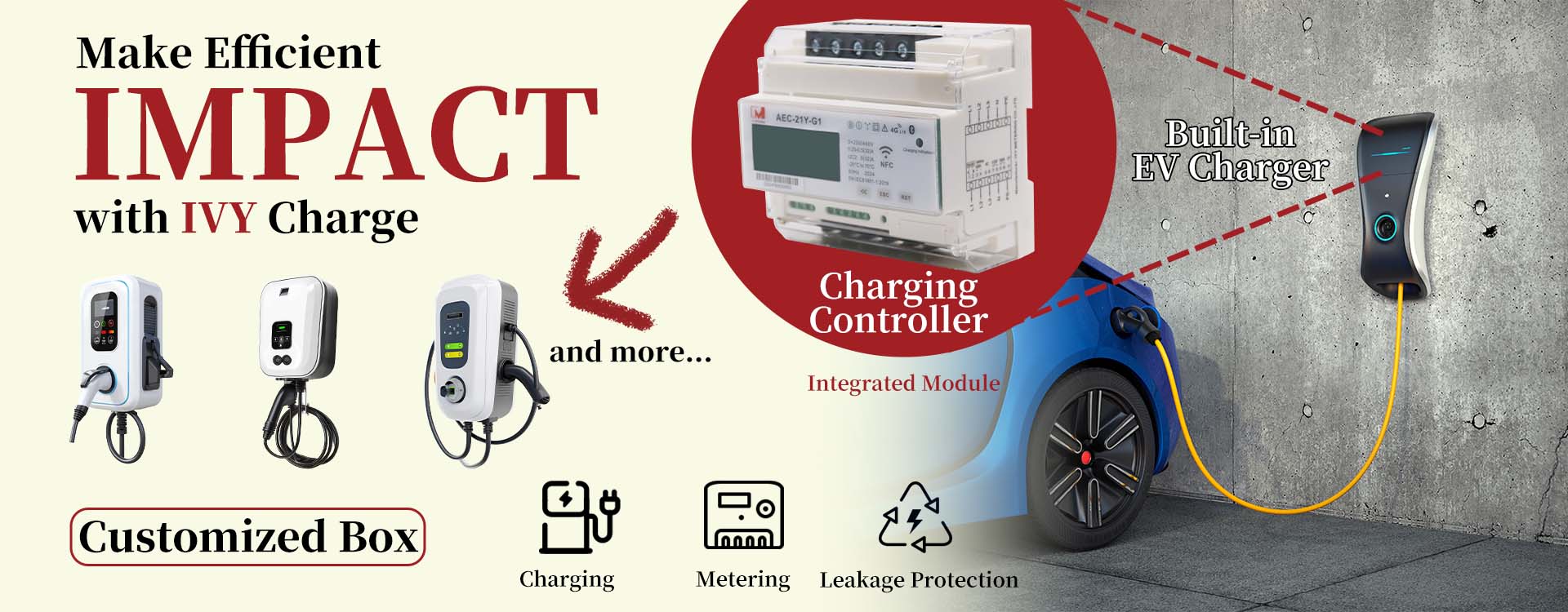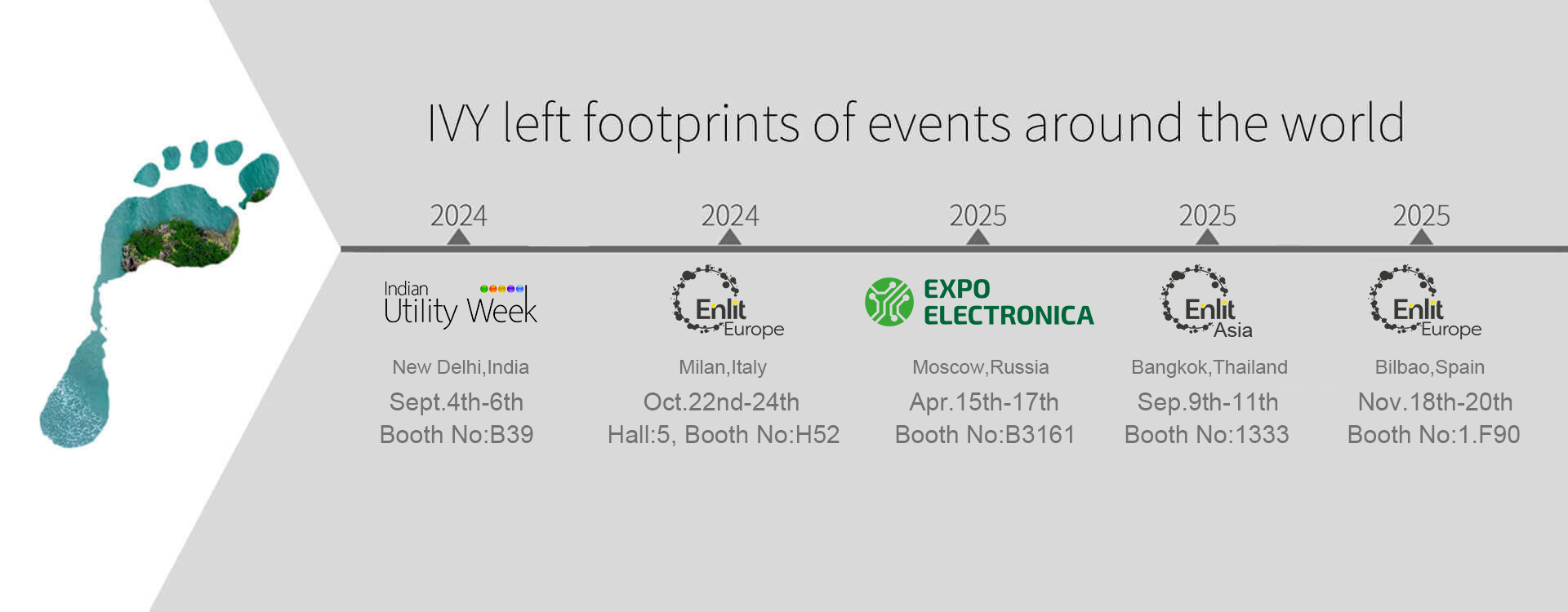AEC-21Y-G1 Integrated Charging Control Unit: A New Generation of Invisible EV Charger
An electric vehicle charging controller(charging control unit), also known as EVSE (Electric Vehicle Supply Equipment) or EVCC (Electric Vehicle Communication Controller), is a device that manages the charging process between the charging station and the electric vehicle. It handles communication, power distribution, and safety issues to ensure a reliable and efficient charging experience.

Here is a detailed description of its functions:
Main functions:
Communication:
The controller establishes communication between the charging station and the electric vehicle, exchanging information such as charging parameters and status updates.
Power management:
It regulates the current to ensure that the electric vehicle receives the correct charging voltage and current.
Safety:
The controller contains safety features such as overload protection, leakage detection, and isolation checks to prevent damage or danger.
Control:
It can control the start/stop of charging, monitor charging progress, and may manage dynamic load balancing of multiple charging stations.
Integration:
Many modern controllers are designed to integrate with smart charging systems, enabling advanced features such as remote monitoring, payment processing, and vehicle-to-grid (V2G).
Don't want an ugly charging station on the wall, but still want to charge your electric car safely? Then the IVY Invisible AEC-21Y-G1 charging module is the perfect charging station for you. The charging unit is completely concealed in the meter box so that only a type 1&2 socket or cable is visible on the outside. Almost invisible; Connection to 1 or 3-phase, maximum capacity of 22kW; Suitable for any meter box; Can be installed with a socket or charging cable.
Key Features:
Flexible Charging Capabilities:
Supports both Three-phase (up to 21kW) and Single-phase (up to 7.4kW) AC charging.
Maximum charging current: 32A.
Charging Mode: Mode 3.
Compatible with Type 1 (SAE J1772) and Type 2 (IEC 62196-2) charging connectors.
Integrated Metering:
Built-in energy metering with Class 1.0 accuracy.
Pulse constant: 1000 imp/kWh.
Real-time data upload capability.
Comprehensive Safety Protections:
Leakage Protection: AC 30mA and DC 6mA detection.
Over/Under Voltage Protection
Overcurrent Protection
Over-temperature Protection
Short Circuit, Overload, Grounding Protection.
Surge Protection (4KV) & Lightning Protection (4KV).
Multiple Communication Interfaces:
4G LTE: For remote management, control, payment authorization, and firmware updates.
Bluetooth 4.0-5.0 (2.4 GHz): For local parameter configuration and potentially other local interactions.
NFC/RFID: For card-based payment and authorization.
RS485: For parameter configuration and system integration.
Proprietary IVY-BUS protocol.
Wifi, OCPP protocol is pending!
User Interface & Payment Options:
Dot-matrix LCD Display: Shows charging voltage, current, energy consumed, charging time, etc.
LED Status Indicators: For operational status and fault indication.
Touch-sensitive buttons for navigation.
Supports various payment methods: NFC card swipe, mobile payment (via 4G backend), prepayment.
Flexible Operating Modes:
Plug & Play (Local Mode).
Local Authorization Modes: (Dedicated or batch NFC card authorization).
Online Authorization Mode: (NFC card validated via 4G with a central platform).
Prepayment Mode (e.g., QR code payment via operator platform).
Controller types:
AC charging controllers: Designed for standard AC charging, they are commonly used in homes and public charging locations.
DC charge controller: used for faster DC charging, commonly found in fast charging stations.
AC/DC hybrid controller: versatile, supports AC and DC charging for a variety of electric vehicles.












